LAWN PHIX PRO TIPS
To prevent and control grubs in your lawn, I can’t recommend anything other than Acelepryn (Chlorantraniliprole). It is without question, the best and safest product around for white grubs. This product must be applied and watered into the soil in the early spring. Here in Massachusetts, the best time to apply grub control is in the first week of May. Acelepryn can last up to 500 days, but I recommend applying annually. I use a 22-0-5 fertilizer with 0.067% Acelepryn for most of my customers.
If you choose Merit (Imidacloprid) this goes down towards the end of spring and early summer. In Massachusetts, that’s in June. I don’t recommend this product, but it’s better than nothing if you missed the Acelepryn window.
If you or your lawn care provider missed grub prevention entirely, you’ll want to keep Dylox (Trichlorfon) on hand. You may see active grub larvae damage begin around September – or the end of the summer. This kills grubs as soon as 24 hours.
Grubs are the larvae of certain insects such as Japanese beetles, Oriental beetles, June beetles, and European chafers. Voracious in their appetite, grubs can do extensive damage to lawns, which is why it’s important to apply grub control measures to stop them before they eat through grassroots. These c-shaped grubs feast on organic matter in the soil leaving behind dead, brown patches of lawn in their wake. Knowing when to apply grub control is key to controlling these insect pests.
Table of Contents
What You Need to Know about Grubs
The key to understanding when to apply grub control is understanding the life cycle of lawn grubs. The eggs of Japanese beetles, chafer beetles, and other grub-producing species usually hatch about two weeks after they are laid. In most cases, grubs hatch in mid-summer or late summer, depending on the temperature and moisture content of the soil. As soon as the grub eggs hatch, they will begin to turn your healthy lawn into their summer picnic. Peak feeding tends to occur in early fall.
Because newly hatched grubs are more vulnerable to grub killer solutions than mature grubs, it’s ideal to kill grubs when they’re young, which is typically between late summer and early fall. Targeting newly hatched grubs is effective, but you can also put down grub control when you spot lawn damage like those telltale dead patches of turfgrass, which is the clearest sign of grub activity. Another sign of a grub problem is that your lawn feels spongy when you step on it. You may also notice that birds and raccoons are digging up your green turf to dine on your lawn grubs as well as adult beetles.
On the other hand, grub preventer pesticides can help you prevent adult beetles from laying their eggs in the first place. You can prevent grubs using a grub killer designed to kill mature grubs and adult beetles.

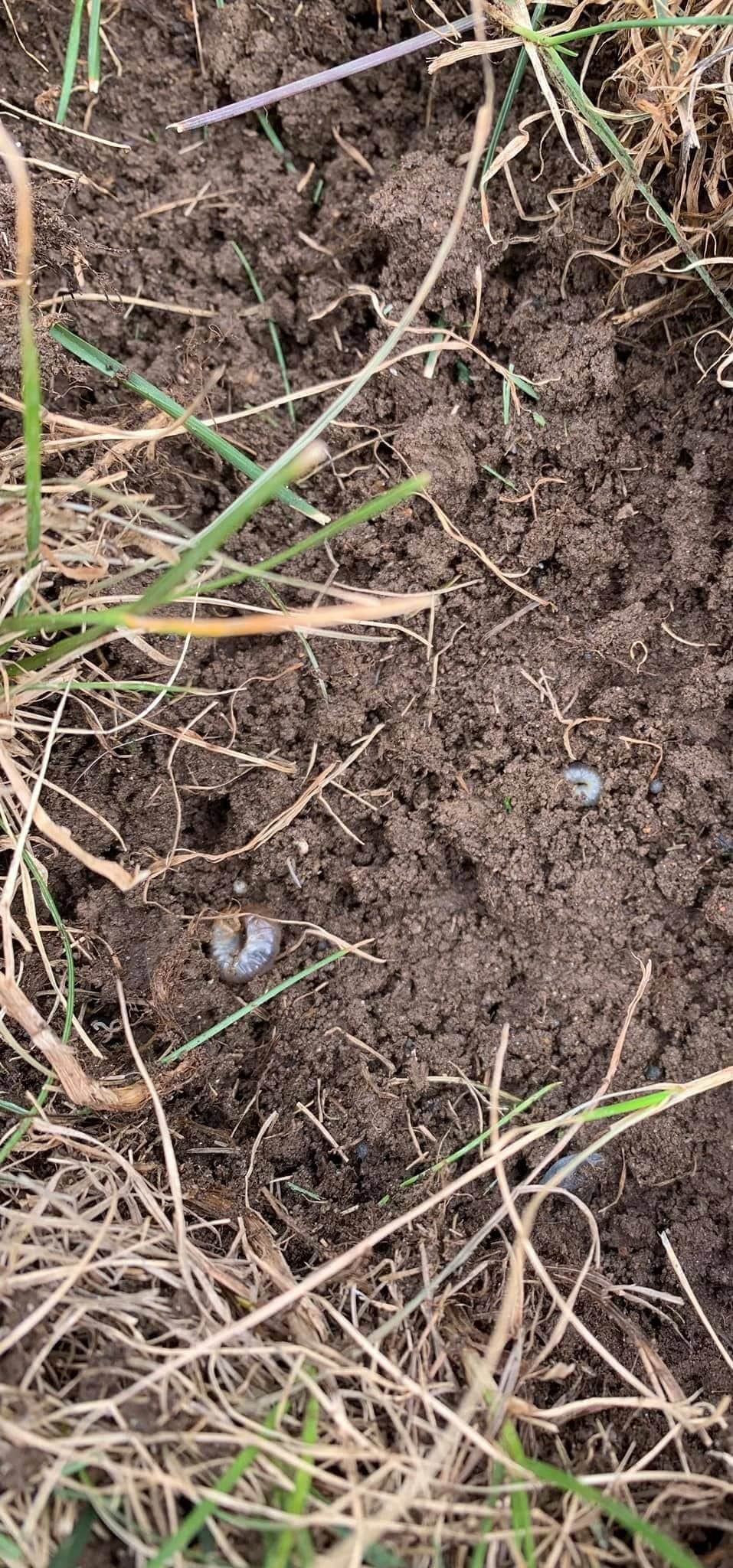
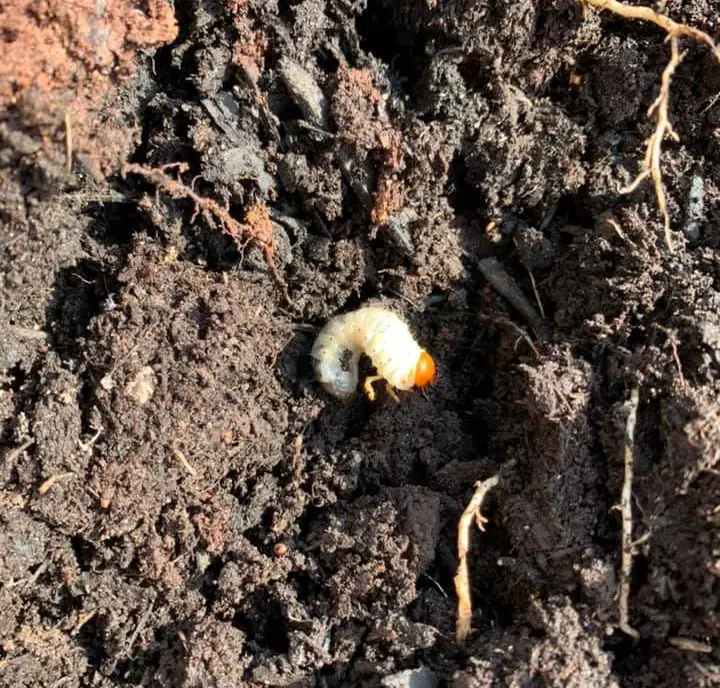
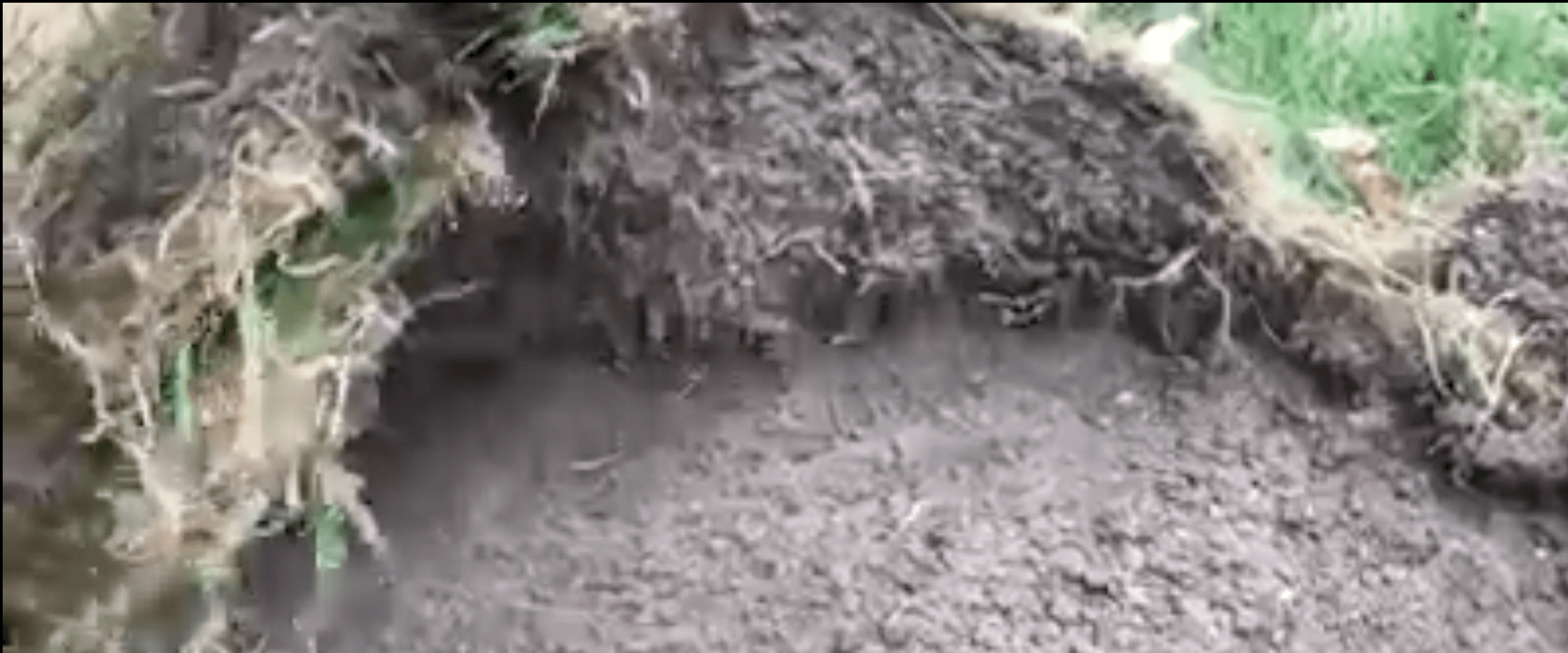
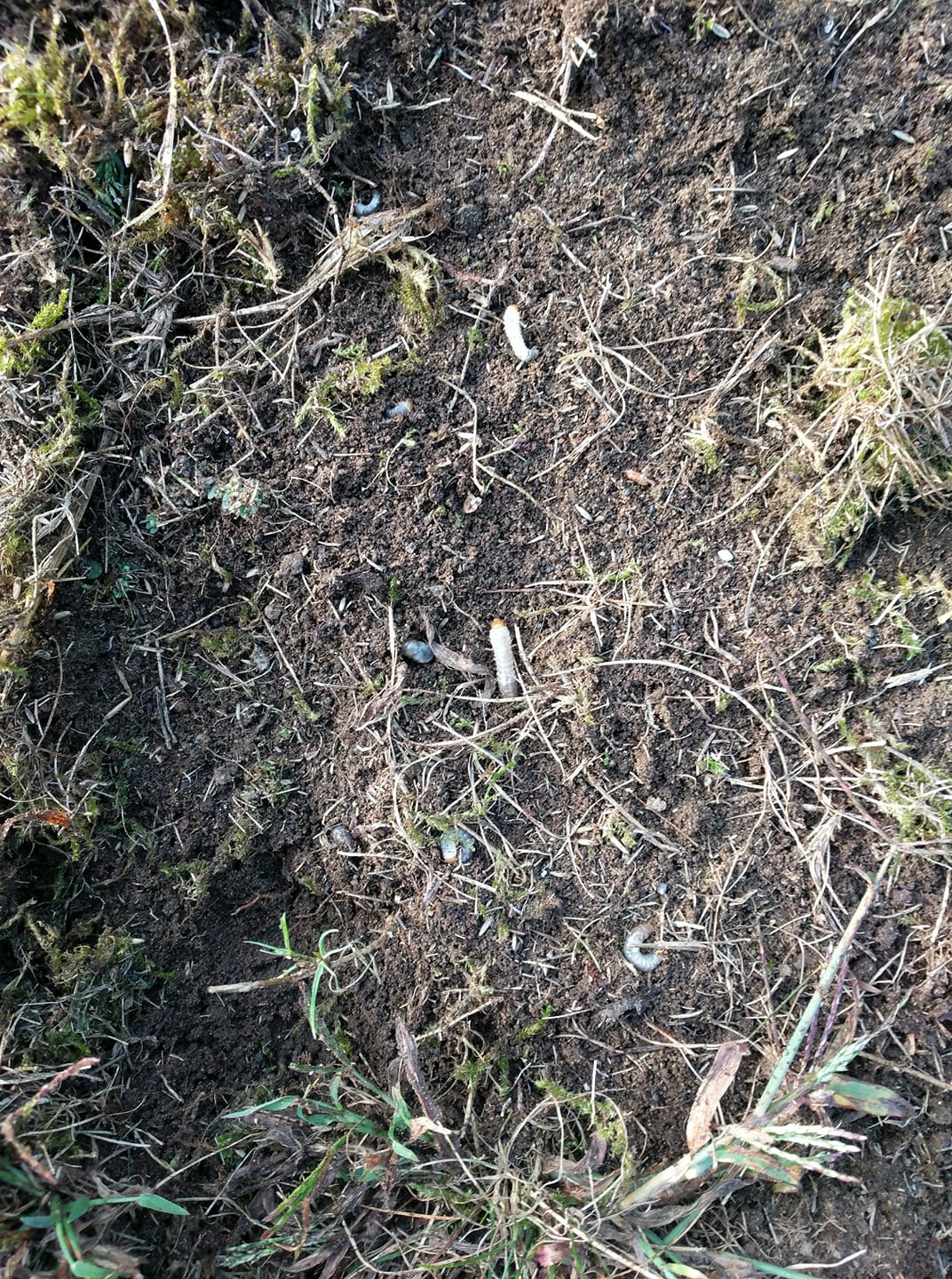
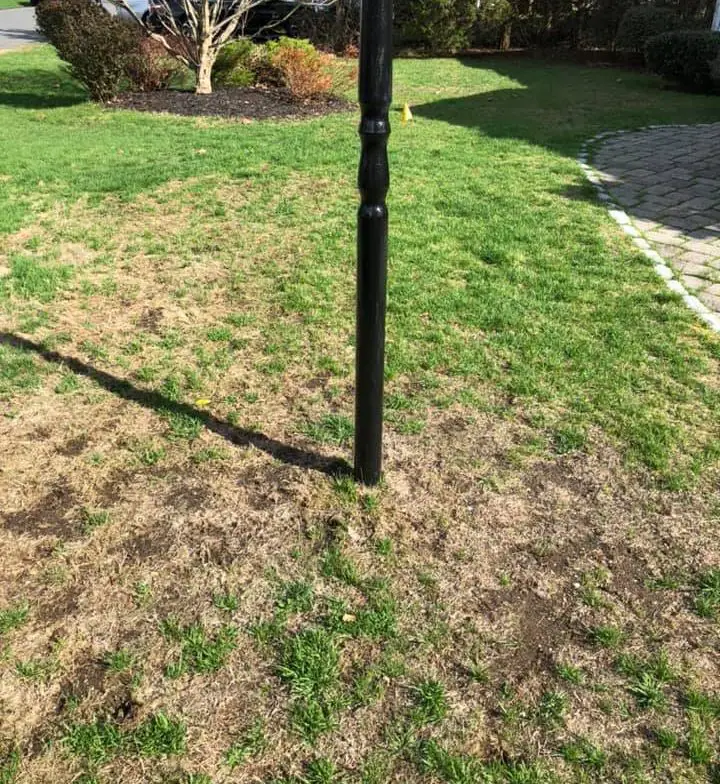
Killing Grubs
To kill active grubs, opt for a product like Dylox, which is known to kill grubs quickly. The sooner you kill grubs, the sooner you can prevent more dead grass from showing up in your yard. Using a grub control pesticide is the most effective means for killing grubs quickly.
Preventative Grub Control
To prevent grubs, you should apply a product such as Acelepryn, which is known for both its safety and efficacy. This grub preventer should be applied in early spring, which gives it time to set into the soil.
Japanese Beetles Life Cycle
Grub control measures can be taken in spring as well as late summer or early fall. The spring is the time for preventative grub control, while the late summer/fall is the best time to kill live grubs in your yard. Japanese beetles and June bugs lay their eggs in summer, which hatch a couple of weeks later. Grubs eat grassroots and other organic material as soon as they’re hatched.
As the weather cools, mature grubs will burrow deep in the soil. They will remain dormant over the winter. By early spring as temperatures rise, the grubs re-emerge and transform into beetles, which will then go on to mate and lay eggs, leading to a new generation of grubs–and more turf damage without effective grub control measures.
When Do Grubs Hatch?
Grubs begin to hatch from their eggs in mid to late summer.
When Should You Apply Grub Killer to Your Lawn?
To kill active grubs, apply grub killer to your lawn when grub activity is at its peak–late summer or early fall. You can also apply grub killer as soon as you notice dead patches of grass and see evidence of grub worms.
The best time for preventative grub control, however, is in the spring when grubs begin to emerge after the winter and transform into adult beetles. Preventing grubs from turning into adult beetles prevents a new generation of lawn grubs.
What Month Should You Apply Grub Control?
Apply grub control and preventers in April or May to prevent fall grass damage from grub larvae. Apply grub-killer pesticides after grubs hatch in late summer or even early fall. So, opt for late August or early September to eliminate an active grub population.
When Should the Grub Killer GrubEx Be Applied?
Apply Scotts GrubEx grub control pesticide in early spring for best results.
What’s the Best Time of Year to Treat Your Lawn for Grub Worms?
Many gardeners prefer to use grub preventer products in the spring to prevent grub worms. Although grub killer pesticides work well for killing grubs in summer and fall, the pests may already have damaged turf grass. Grub damage can lead to an unsightly lawn, so preventative grub control is often the best way to maintain a healthy lawn.
How Often Should You Apply Grub Control?
One application of grub control in the spring is enough to control grubs. Grub preventers are typically effective, but if you spot a few grubs or grub-related lawn damage, you can apply a grub killer in the late summer to stop grub worm activity.
